
Riley Rinnan
August 17, 2020
18,000 structures were demolished in the city of Detroit between 2014-2019 and an additional 18,000 structures are planned to be demolished by 2024 as a result of the Detroit Demolition Program 1. The Detroit Demolition Program’s public-facing marketed goal is to remove all residential blight while simultaneously increasing property values across the city with a hard push from the current mayor, Mike Duggan. The program was federally and state funded, with 2⁄3 of recorded demolitions being accounted for by the federal $9.6 billion Hardest Hit Fund (HFF) 2. The Hardest Hit Fund allocated $258.6 million to demolitions and “blight removal” in Detroit, with a single residential demolition estimated to cost $14,855 3. The HFF budget has now run out and the financial responsibility of the blight task force falls on the city and the state. It has been recorded that the removal of blighted structures across residential neighborhoods has increased property values from 2.1% to as much as 13.8% when paired with complimentary strategies such as selling side lots to neighboring residents and auctioning off existing vacant homes 4. However, sprawling acres of cleared parcels appear to sit vacant and inaccessible to residents, especially those in more “desirable” communities - i.e. those with access to something as simple as a grocery store, or proximity to dense and consistently maintained neighborhoods. This type of land is highly favorable to developers and investors, who in many cases reap the benefits of decades of maintenance and personal investment by the residents who may be priced out.
Individuals in positions of power in city governments make decisions that deeply impact current and future generations’ health and their sense of identity. These ghostly structures were once people’s homes, businesses, entertainment and cultural centers, schools, grocery stores - entire neighborhoods. Current residents and generations of communities passed, possess memories and emotional connections to these environments that are now in flux. Imagine an urban fabric with 36,000+ newly flattened lots.
When entire neighborhoods vanish from the physical space, and business corridors with their intertwined infrastructure disappear, there are questions we must ask ourselves: “How do we document these changes, and give back to the communities directly affected? How do we memorialize what a neighborhood once was? How can the function of open source data be expanded and utilized in the 21st century of “cloud computing”? What potential exists to archive our built environment and pay homage to structures that stand today and may not tomorrow?”
3D laser scanning is a technological tool used to capture an object’s exact size and shape using a line of laser light. A 3D scanner captures data from the laser being shone on an object and its surfaces in addition to data from another sensor, typically a camera, which is used to locate the recorded surfaces in space and relation to one another. The two data sets collected are then stitched together to create point clouds. These point clouds can be processed and brought into computer programs as a reality capture. The reality capture displays an accurate position of every pixel of what was scanned to be seen with the human eye on a computer monitor. The applications of 3D laser scanning are incredibly diverse. For example, it can be used in the medical field to create more ergonomic braces and prosthetics using scans of the human body; or in archeology, to make shareable reality captures of million-year old fossils, and it can even be used to create accurate 3D models of cities in the infrastructure of video games.
From an architectural perspective, this powerful tool allows us to re-imagine the relationship between technology and historical preservation. For instance, if every structure were laser scanned prior to demolition, the memories of those structures could be translated into an accessible archive. If these archives were made open-source and downloadable on the City of Detroit’s website, a visual and tangible history of homes and structures could live alongside its growing list of completed demolitions.
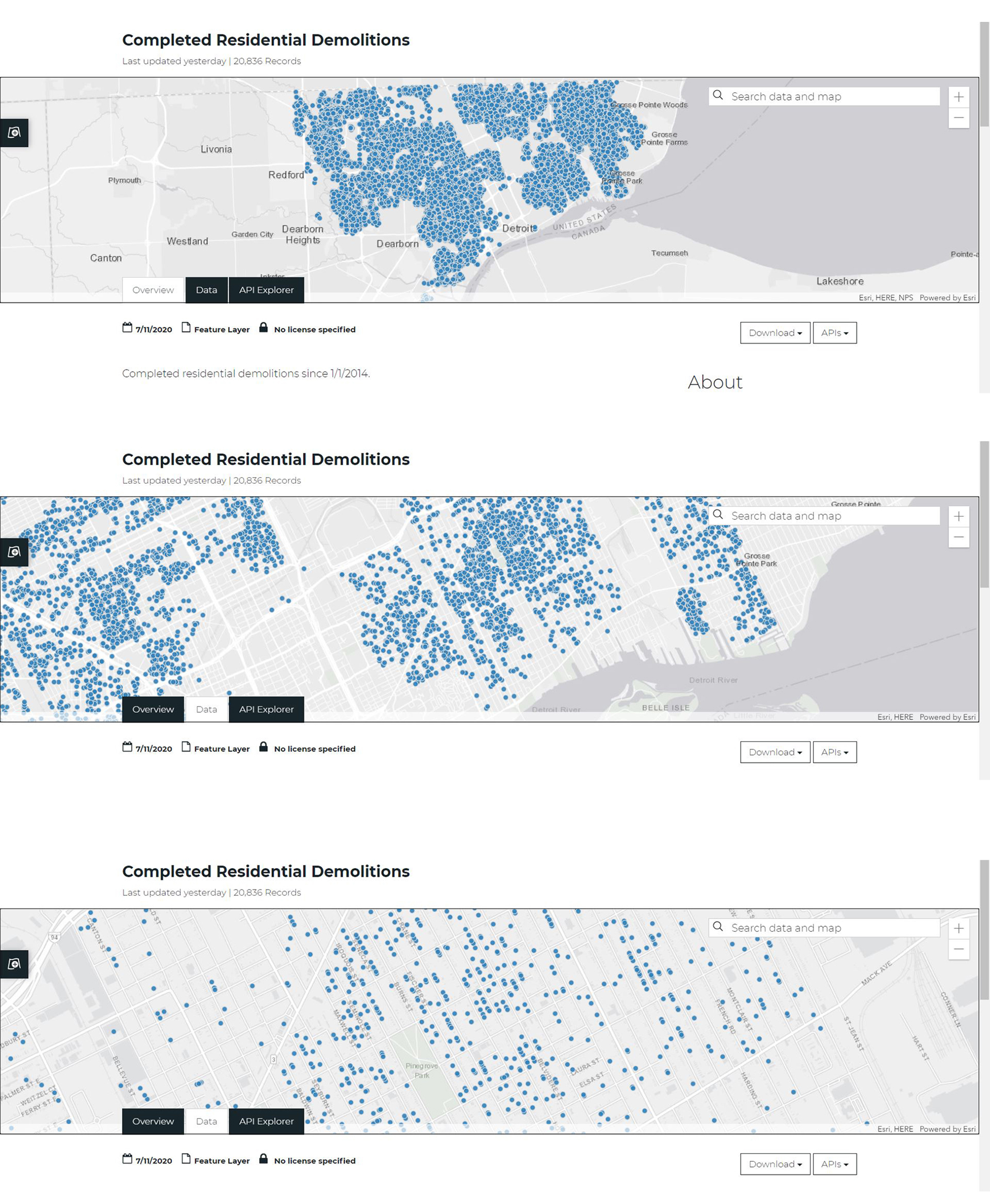
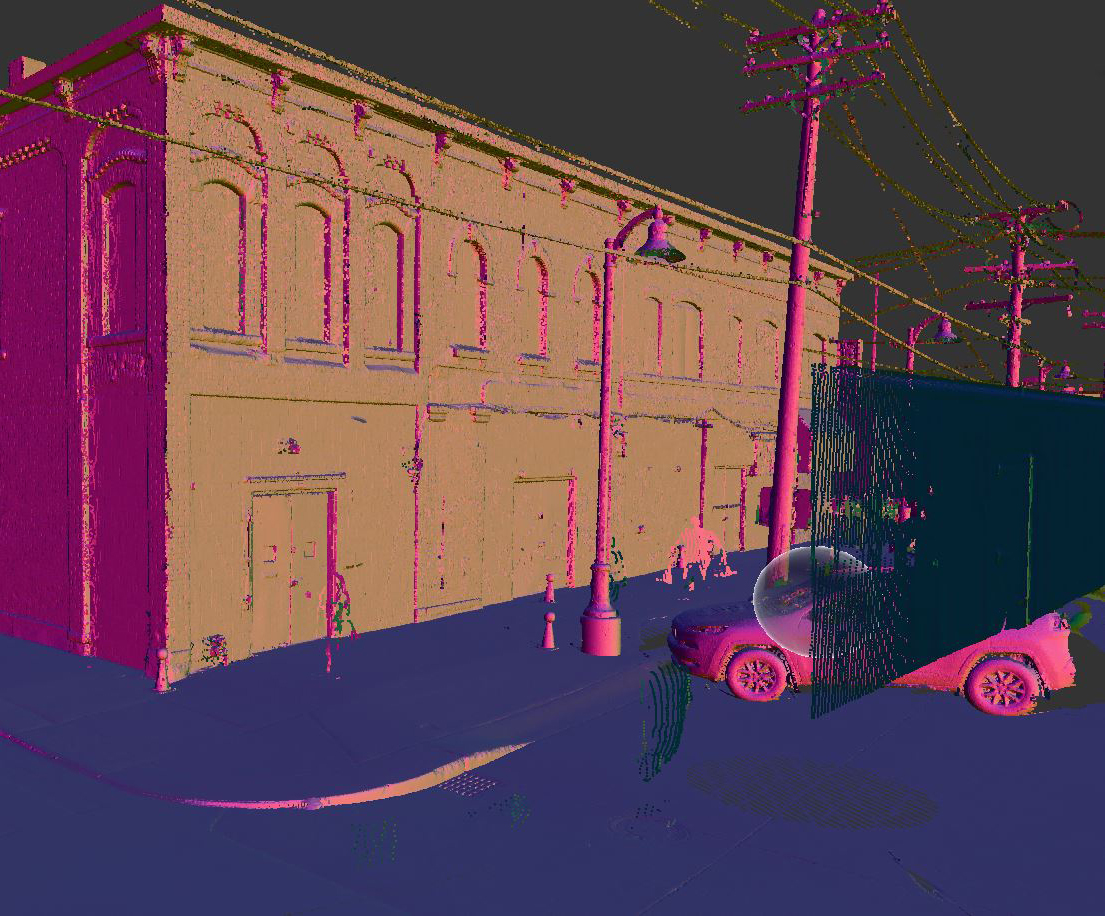
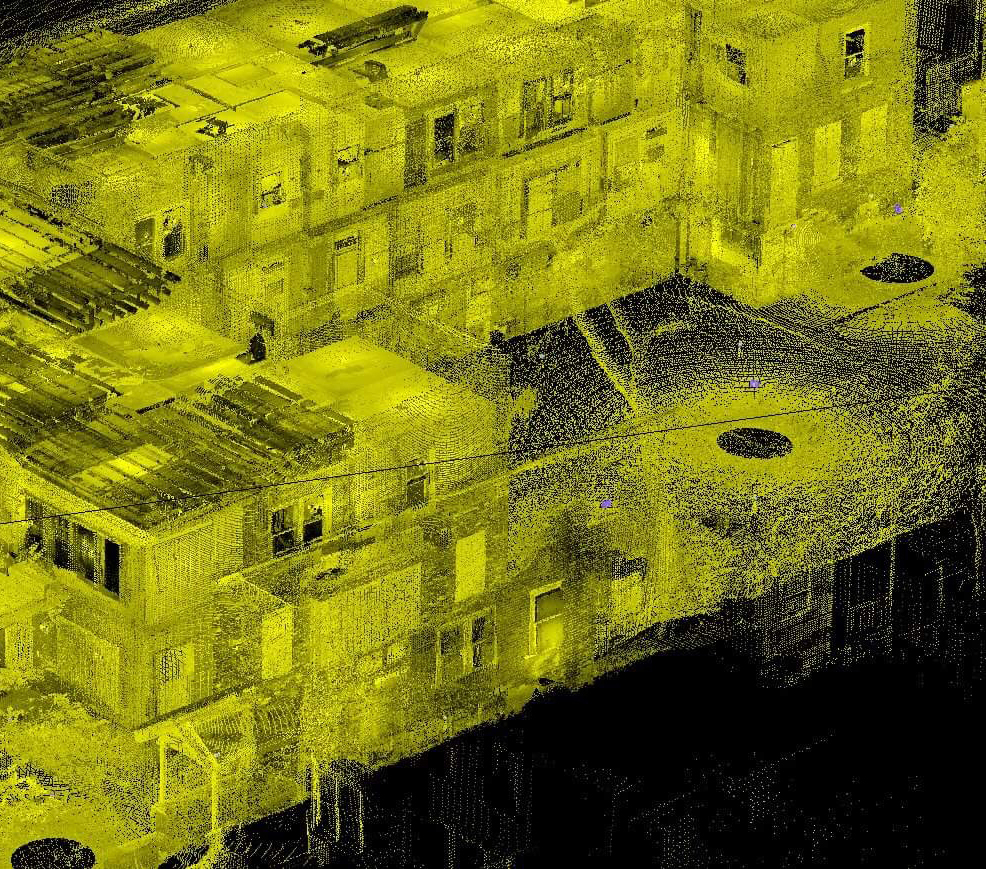

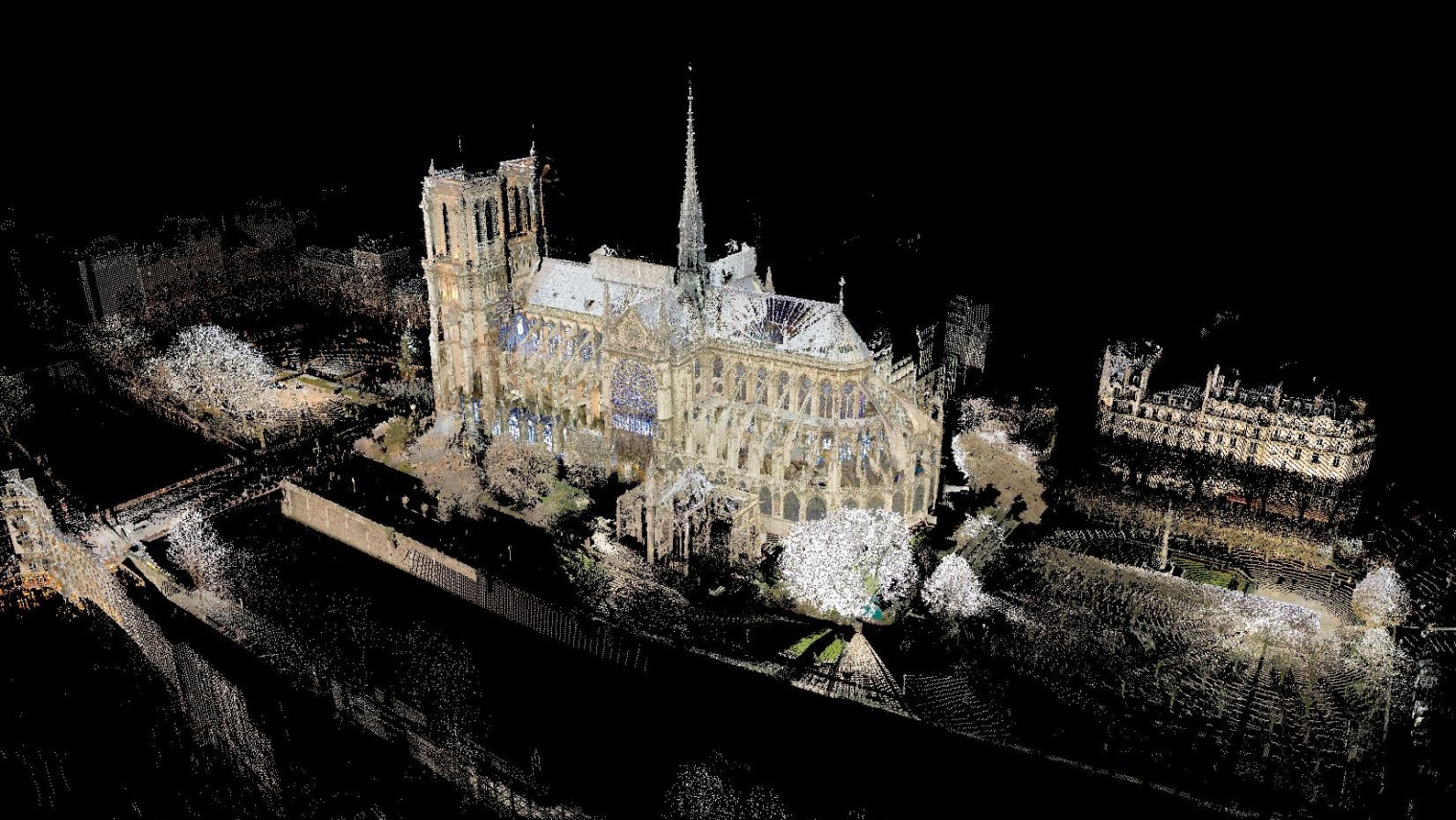
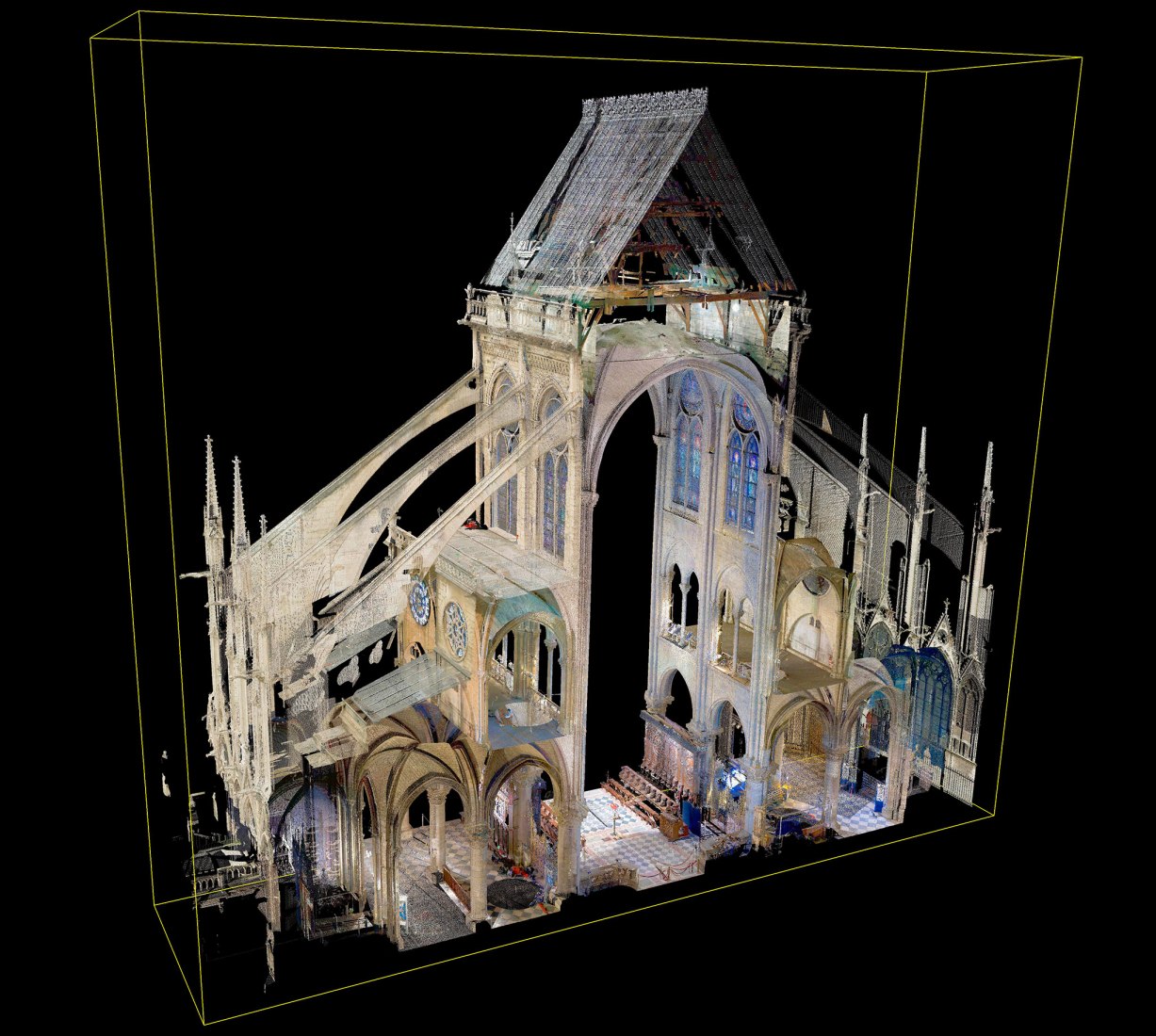
We have entered an era in which the digital realm has become an extension of the physical. With a simple and fairly inexpensive headset, one can enter a virtual world and feel its impact, both physically and emotionally. The opportunity to “re-open” and virtually explore buildings that are no longer standing allows a future of vast possibilities. Imagine, a 115 year old art deco ballroom that sat vacant for 20+ years is demolished and the site is flattened. Within its terracotta tile facades with arched windows and ornate pilasters lives a grand plaster ceiling with intricate wood detailing. These unique building details could be truly preserved and recreated through data collection and documentation. The building’s interactions with the streetscape and its historical and cultural significance could be preserved and studied, as an accessible and explorable file. The scan data could be used as a reference for a designer looking to repair a historically similar building or even to inspire future projects on the same site. Those who carry its memories could “walk through” it with their family members and friends, giving it a future beyond the physical realm.
While the city around us seems to be changing and recalibrating at an increasingly dizzying pace, technology is doing the same. It would be a shame to let whole city blocks, full of lives, deaths, triumphs, discoveries, and hardships, fall to vacant lots without the preservation of their footprints.
1 City of Detroit. “The Next Step: Detroit Aims to be Free of Residential Blight by the End of 2024.” Detroitmi.gov, 31 May 2020. Detroitmi.gov. https://detroitmi.gov/news/next-step-detroit-aims-be-free-residential-blight-end-2024 . Accessed 12 Jul. 2020.
2 Dynamo Metrics, LLC. “Estimating Home Equity Impacts from Raid, Targeted Residential Demolition in Detroit, MI: Application of a Spatially-Dynamic Data System for Decision Support.” (PDF). Dynamo Metrics. July 2015. Accessed 28 Jul. 2020.
3 Dynamo Metrics, LLC. “Estimating Home Equity Impacts from Raid, Targeted Residential Demolition in Detroit, MI: Application of a Spatially-Dynamic Data System for Decision Support."
4 Dynamo Metrics, LLC. “Estimating Home Equity Impacts from Raid, Targeted Residential Demolition in Detroit, MI: Application of a Spatially-Dynamic Data System for Decision Support."
5 City of Detroit. “Detroit Neighborhood Improvement Tracker”
6 Rodrigo García. “The Role of Technology in the Reconstruction of Notre-Dame in Paris”. Metalocus, Metalocus. 27 Apr. 2019. https://www.metalocus.es/en/news/role-technology-reconstruction-notre-dame-paris . Accessed 17 Jul. 2020.
7 Garcia. “The Role of Technology in the Reconstruction of Notre-Dame in Paris”